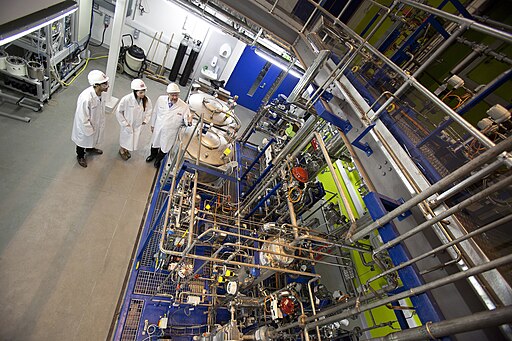Carbon Capture

Carbon capture and sequestration (CCS), often shortened to “carbon capture”, is the process of removing all (or nearly all) of the carbon dioxide (CO2) from the exhaust stream of a fuel-burning or other carbon-generating process, then concentrating it and pumping it deep underground, theoretically trapping it for thousands of years.
While attractive in principle, carbon capture remains an unproven and expensive technology, and has not yet achieved commercially viable scale. It may, however, prove useful in dealing with certain hard-to-decarbonize industrial processes.
One potential problem that has emerged is earthquakes, which have become more frequent and stronger is some areas where carbon is being deposited. These are being carefully monitored by experts to help determine where carbon can be safely stored. There is much still to be learned about the geology and processes involved.
Another technology, called “direct air capture”, would simply gather CO2 directly from the air, using large fans, then concentrate and bury it. This is still in early stages; while the concept is simple, the sheer volume of air to be processed makes this an unlikely solution.
Further Reading
- Can Carbon Capture Mitigate Climate Change? — Scientific American
- PA Rushes into Carbon Capture Despite Risks — PA capital-Star 08-08-24
- How ExxonMobil, Shell, and BP Rebranded Carbon Capture as a Climate Change Solution — Vox — 07-29-24
- PA Bill to Regulate Carbon Capture Industry May Force It on Homeowners — PA Capital-Star — 06-13-24
